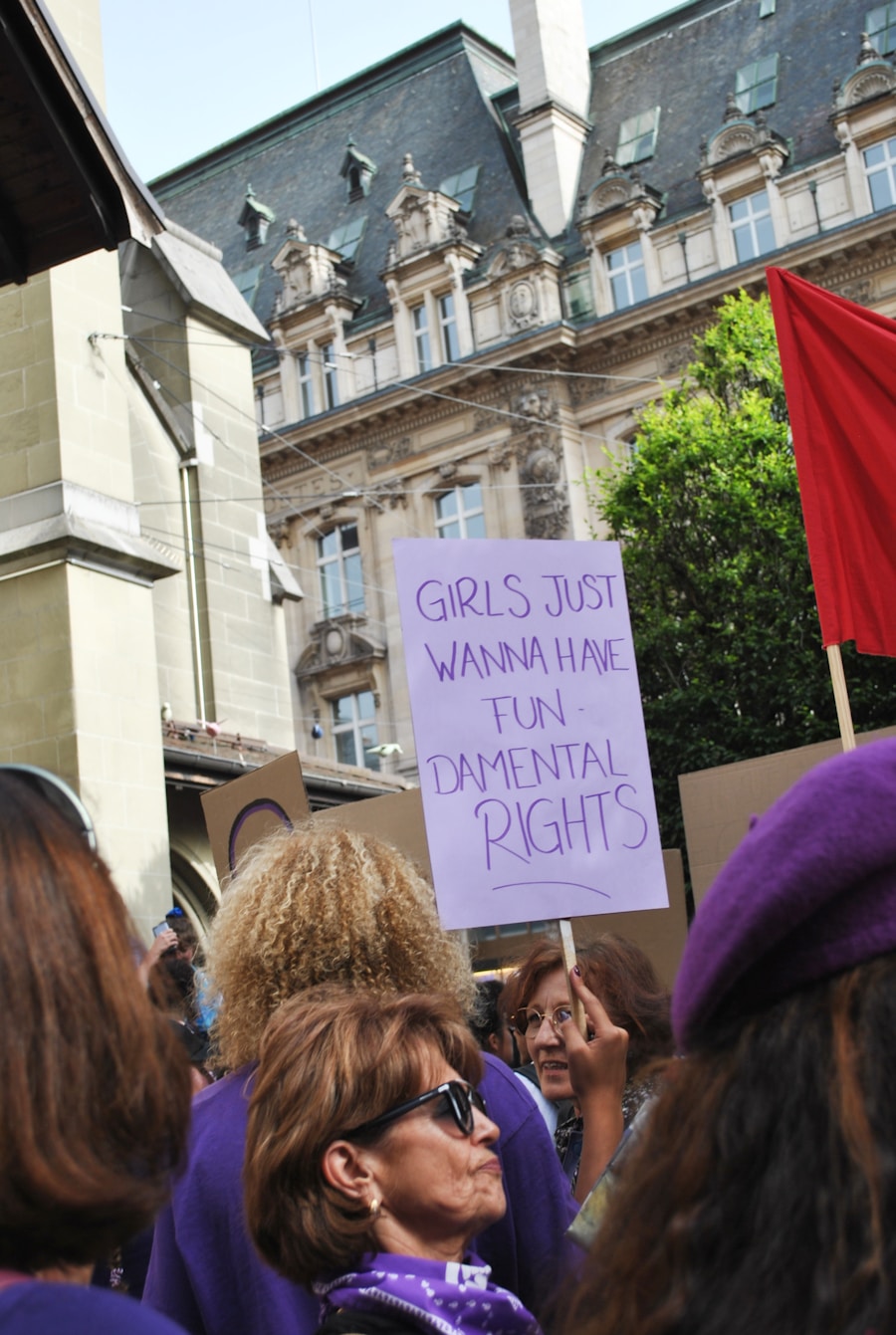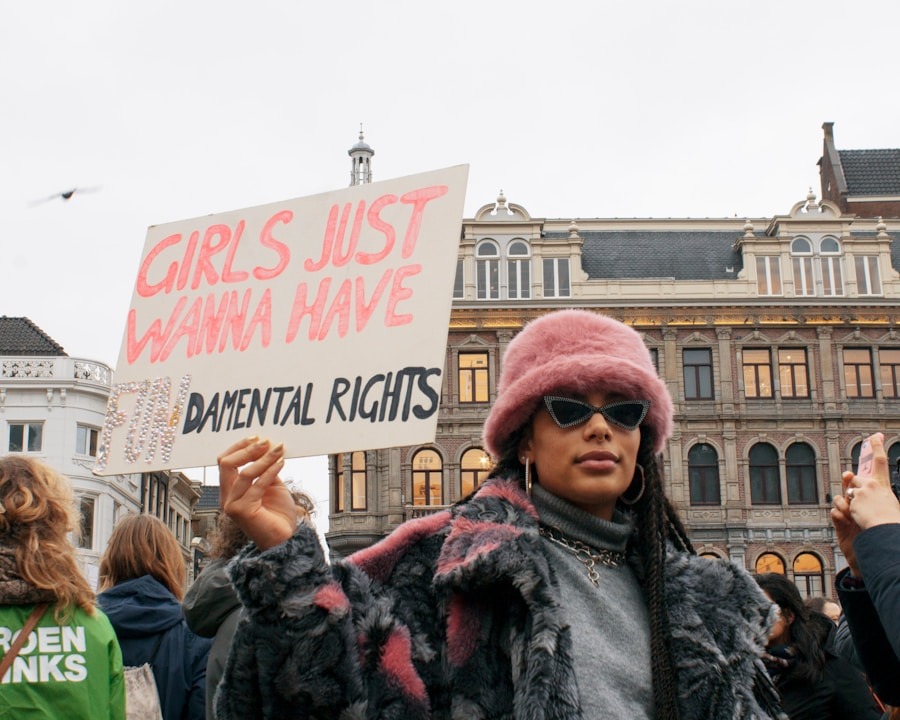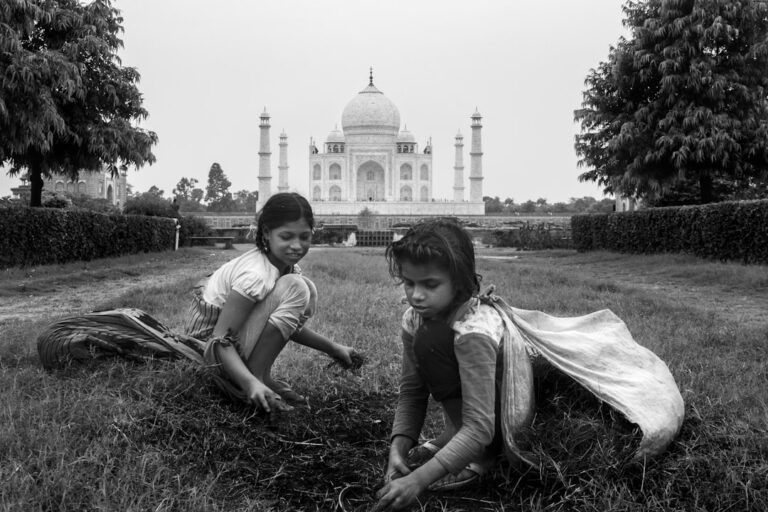Throughout history, women have played a pivotal role in shaping environmental discourse, often serving as the unsung heroes of ecological advocacy. In the early 20th century, figures such as Rachel Carson emerged as trailblazers, challenging the status quo with their groundbreaking work. Carson’s seminal book, “Silent Spring,” published in 1962, is often credited with igniting the modern environmental movement.
By meticulously documenting the detrimental effects of pesticides on ecosystems, she not only raised awareness about environmental degradation but also highlighted the interconnectedness of human health and ecological well-being. Carson’s work exemplified how women’s voices have historically been at the forefront of environmental issues, often driven by a deep-seated connection to nature and a commitment to preserving it for future generations. Moreover, women have long been involved in grassroots movements that predate formal environmentalism.
In the late 19th and early 20th centuries, women organized around issues such as clean water and public health, recognizing that environmental factors directly impacted their communities. The Women’s Club Movement in the United States, for instance, saw women advocating for urban sanitation and the preservation of natural spaces. These early efforts laid the groundwork for contemporary environmental activism, demonstrating that women’s contributions to environmental discourse are not merely a recent phenomenon but rather a rich tapestry woven through history.
Their advocacy has often been rooted in personal experiences and community needs, emphasizing a holistic approach to environmental stewardship that continues to resonate today.
Key Takeaways
- Women have made significant historical contributions to environmental discourse, often overlooked or underrepresented in mainstream narratives.
- The intersectionality of gender and environmental activism highlights the unique challenges and perspectives that women bring to the movement.
- Women have played a crucial role in leading grassroots environmental movements, often at the forefront of community-based initiatives.
- Women’s perspectives have had a tangible impact on environmental policy, bringing attention to issues such as environmental justice and sustainable development.
- Despite their contributions, women in the environmental movement continue to face challenges and barriers, including gender discrimination and lack of representation in leadership roles.
- The future of women’s involvement in shaping the environmental discourse holds promise, with increasing recognition of the importance of diverse voices and experiences in addressing global environmental challenges.
The intersectionality of gender and environmental activism
The intersectionality of gender and environmental activism reveals a complex web of social, economic, and political factors that shape women’s experiences in the environmental movement. Women from diverse backgrounds face unique challenges and opportunities based on their race, class, and geographic location. For instance, Indigenous women have historically been at the forefront of environmental justice movements, advocating for the protection of their ancestral lands and resources.
Their activism is often intertwined with cultural preservation and the fight against colonialism, highlighting how gender intersects with issues of land rights and sovereignty. This intersectional lens is crucial for understanding the multifaceted nature of environmental activism and the diverse voices that contribute to it. Furthermore, the global climate crisis exacerbates existing inequalities, disproportionately affecting women in developing countries who are often more vulnerable to environmental degradation.
Women in these regions frequently bear the brunt of climate change impacts, such as food insecurity and displacement. Organizations like Women’s Environment and Development Organization (WEDO) emphasize the importance of integrating gender perspectives into climate policies to ensure that women’s needs and contributions are recognized. By addressing these intersecting issues, environmental activism can become more inclusive and effective, fostering a collaborative approach that amplifies marginalized voices while addressing systemic inequalities.
Women’s leadership in grassroots environmental movements

Women’s leadership in grassroots environmental movements has been instrumental in driving change at local, national, and global levels. Women often bring unique perspectives and strategies to environmental activism, emphasizing community engagement and sustainable practices. For example, Wangari Maathai founded the Green Belt Movement in Kenya in 1977, which focused on tree planting as a means to combat deforestation while empowering women economically.
Maathai’s approach not only addressed environmental degradation but also fostered social change by providing women with opportunities for income generation and leadership roles within their communities. Her work exemplifies how women’s leadership can create synergies between environmental sustainability and social empowerment. In addition to Maathai’s efforts, numerous grassroots organizations led by women have emerged worldwide, tackling issues ranging from pollution to biodiversity loss.
The Women’s Earth Alliance (WEA) is one such organization that supports women-led initiatives focused on sustainable agriculture, clean water access, and climate resilience. By providing training and resources to women activists, WEA empowers them to take charge of their local environments while fostering a sense of agency and leadership. These grassroots movements not only challenge traditional power dynamics but also highlight the critical role women play in advocating for sustainable practices that benefit both their communities and the planet.
The impact of women’s perspectives on environmental policy
The inclusion of women’s perspectives in environmental policy-making has profound implications for creating more equitable and effective solutions to ecological challenges. Research has shown that when women are involved in decision-making processes related to natural resource management, policies tend to be more inclusive and sustainable. For instance, studies conducted by organizations like UN Women have demonstrated that women’s participation in climate negotiations leads to more comprehensive approaches that consider the needs of vulnerable populations.
This is particularly important in addressing issues such as food security, water access, and disaster resilience—areas where women often hold valuable knowledge and experience. Moreover, women’s perspectives can drive innovation in policy development by introducing alternative approaches to conservation and resource management. For example, women often prioritize community-based solutions that emphasize collaboration and shared responsibility over top-down regulatory frameworks.
This shift in perspective can lead to more adaptive management strategies that are better suited to local contexts. In countries like Costa Rica, where women have taken on leadership roles in conservation efforts, policies have evolved to incorporate community input and traditional ecological knowledge, resulting in successful biodiversity conservation initiatives. By recognizing and valuing women’s contributions to environmental policy, societies can foster more holistic approaches that address both ecological integrity and social equity.
Challenges and barriers faced by women in the environmental movement
Despite their significant contributions, women in the environmental movement continue to face numerous challenges and barriers that hinder their full participation. One major obstacle is the pervasive gender inequality that exists within many societies, which often manifests in limited access to resources, education, and decision-making power. In many regions, cultural norms dictate that women should prioritize domestic responsibilities over public engagement, effectively sidelining their voices in environmental discussions.
This systemic marginalization not only stifles women’s potential as leaders but also deprives the movement of diverse perspectives that are essential for addressing complex environmental issues. Additionally, women activists often encounter violence and intimidation as they advocate for environmental justice. Reports from organizations like Global Witness highlight the alarming rates of violence against female environmental defenders who challenge powerful interests linked to land exploitation or resource extraction.
This violence serves as a chilling reminder of the risks associated with standing up for ecological rights and underscores the urgent need for protective measures for women activists. Addressing these challenges requires a concerted effort from governments, NGOs, and civil society to create safe spaces for women to engage in activism while dismantling the structural barriers that perpetuate gender inequality within the environmental movement.
The future of women’s involvement in shaping the environmental discourse

Looking ahead, the future of women’s involvement in shaping environmental discourse appears promising yet fraught with challenges that must be addressed proactively. As awareness grows about the critical role women play in climate action and sustainability efforts, there is an increasing recognition of the need for gender-responsive policies at all levels of governance. Initiatives such as the Gender Action Plan under the Paris Agreement aim to ensure that women’s voices are integrated into climate strategies globally.
Moreover, technological advancements offer new avenues for women’s engagement in environmental activism. Social media platforms have become powerful tools for mobilizing support and raising awareness about pressing ecological issues.
For instance, youth-led movements like Fridays for Future have seen significant participation from young women who are passionate about climate justice. As these movements continue to grow, they provide a fertile ground for nurturing future leaders who will carry forward the legacy of women’s contributions to environmental discourse.
In conclusion, while challenges remain, the increasing recognition of women’s vital role in environmental activism signals a transformative shift towards more inclusive and equitable approaches to addressing ecological crises. By amplifying women’s voices and integrating their perspectives into decision-making processes, societies can foster a more sustainable future that benefits all members of the community while preserving the planet for generations to come.
In a related article on Indian Aesthetics: Exploring the Nature, Philosophy, and Multifaceted Functions of Art, the intersection of art and environmental discourse can be further explored. Just as women play a crucial role in shaping the environmental movement, art has the power to inspire change and raise awareness about pressing environmental issues. By delving into the aesthetics of Indian art, we can gain a deeper understanding of how art can be used as a tool for environmental advocacy and activism.
FAQs
What is environmental discourse?
Environmental discourse refers to the discussions, debates, and conversations surrounding environmental issues and concerns. It encompasses a wide range of topics such as climate change, conservation, sustainability, and environmental justice.
What is the role of women in shaping the environmental movement?
Women have played a significant role in shaping the environmental movement through their activism, leadership, and advocacy. They have been instrumental in raising awareness about environmental issues, promoting sustainable practices, and advocating for policies that address environmental challenges.
How have women contributed to environmental discourse?
Women have contributed to environmental discourse by bringing attention to issues such as environmental degradation, pollution, and the impact of climate change on communities. They have also highlighted the importance of gender equality and social justice within the environmental movement.
What are some examples of women’s contributions to the environmental movement?
Women have made significant contributions to the environmental movement through their work as scientists, policymakers, activists, and community leaders. For example, women have been at the forefront of campaigns to protect natural resources, promote renewable energy, and address environmental health disparities.
Why is it important to recognize women’s role in environmental discourse?
Recognizing women’s role in environmental discourse is important because it acknowledges their contributions and leadership in addressing environmental challenges. It also helps to promote gender equality within the environmental movement and ensures that diverse perspectives are represented in discussions about environmental issues.























+ There are no comments
Add yours